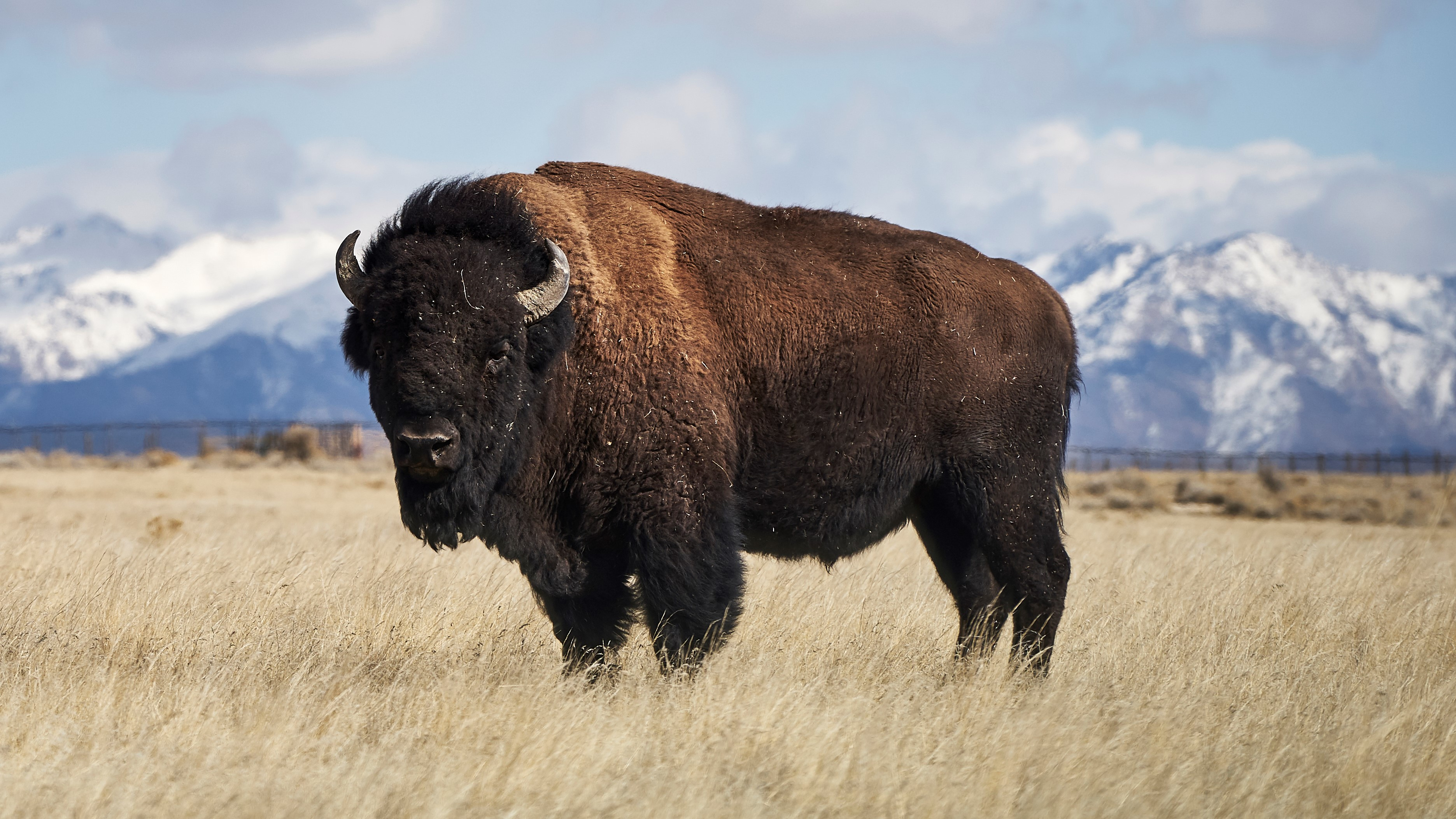
A tourist visiting Yellowstone National Park had a very close call after tripping while running from a charging bison. The woman and a friend were much too close to the animal, which responded by going on the attack. With no shelter to hide behind, the pair fled, but she tripped on the grass and was left behind.
Playing dead isn't usually recommended as a strategy for a bison attack, but realizing she wouldn't be able to get up and outrun it, the woman decided to stay down. Luckily for her, it worked. Rather than trampling her, the bison stopped and gave her a good sniff, then lost interest.
The incident which you can watch below, took place in 2020, but has resurfaced on social media this week thanks to Instagram account TouronsOfYellowstone, which highlights examples of bad behavior at US National Parks and other sites of natural beauty. Other examples have included visitors taunting elk, chasing bears, and even hitting golf balls off the Grand Canyon.
The National Park Service (NPS) advises people visiting Yellowstone National Park to stay at least 25 yards (23 meters) away from bison and elk at all times. Although not usually aggressive, they are wild animals, and can be unpredictable. Males are most likely to be short-tempered during the mating season (known as the rut), which takes place in the fall, while females will be especially defensive in the spring when protecting their young.
"The animals in Yellowstone are wild and unpredictable, no matter how calm they appear to be," says the NPS. "The safest (and often best) view of wildlife is from inside a car."
Visitors are also warned never to feed wildlife. Not only can human food upset their digestion, it can also cause animals to lose their natural wariness of humans, which increases the chances of a dangerous close encounter.
For more advice on how to stay safe, see the National Park Service's wildlife safety videos and our guide how to avoid being gored by a bison.
- The best hiking boots: tough footwear tested and rated







